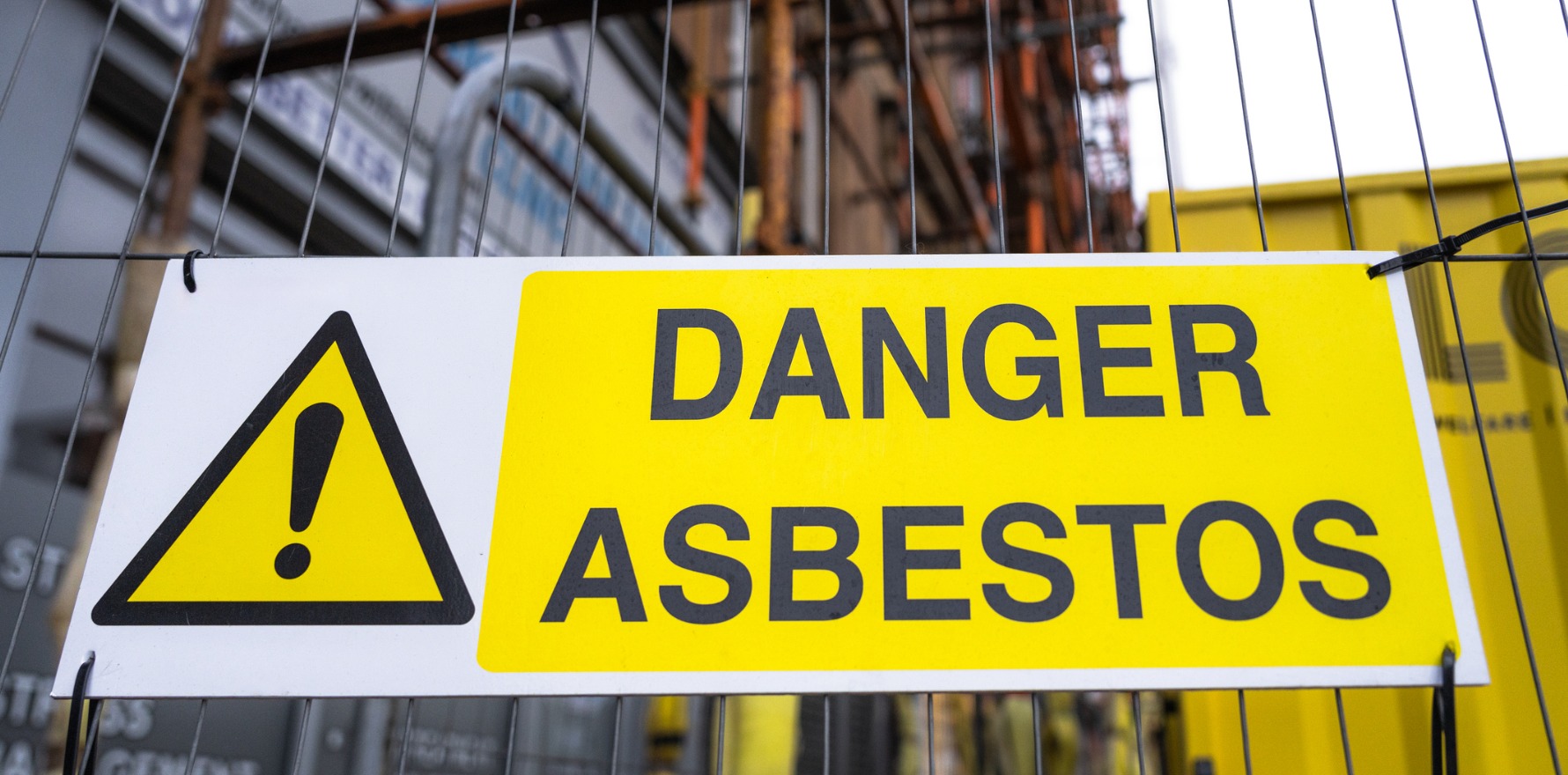But clinicians have been urged to stay vigilant as the asbestos legacy continues to drive disease burden.
More than 680 Australians were diagnosed with mesothelioma in 2024, with the latest data showing survival rates are slowly improving – even as the disease continues to claim almost 700 lives each year.
The new Mesothelioma in Australia 2024 – InFocus report from the Australian Institute of Health and Welfare (AIHW) highlights both progress and persistent challenges for clinicians managing this aggressive cancer.
The Australian Mesothelioma Registry recorded 684 new cases last year, with a median age at diagnosis of 77 years.
The age-standardised incidence rate was 1.9 per 100,000. In 2023, 688 Australians died from mesothelioma, equating to the same rate of 1.9 per 100,000 and reflecting a gradual decline from 2.5 per 100,000 in 2017.
New South Wales bore the brunt of mesothelioma diagnoses between 2021 and 2024, according to the report (957 cases), followed by Queensland (685), Victoria (614), Western Australia (457), South Australia (240), Tasmania (65), the ACT (36) and the Northern Territory (7).
Exposure remains a defining feature of the disease. Among patients who completed exposure assessments, more than 90% were found to have possible or probable asbestos contact, underlining the ongoing legacy of historical asbestos use across occupational and residential settings.
While prognosis remains poor, survival outcomes have improved. One-year relative survival has nearly doubled over recent decades, rising from 28.6% during 1987–1991 to 48.4% in 2017–2021. Advances in supportive care and emerging therapies are extending lives, even if a cure is still out of reach.
The financial burden on the health system is also significant. In 2022–23, mesothelioma accounted for an estimated $49.9 million in health expenditure, compared with $18.9 billion for all cancers. Although rare, the intensity of treatment required per patient makes the disease a costly challenge.
For health professionals, the report reinforces the need for vigilance in patients with a history of asbestos exposure, early referral to specialist multidisciplinary teams and thorough exposure histories to support both individual care and population monitoring.
With around two Australians diagnosed every day, continued clinical attention, research investment and advocacy for equitable access to treatment remain vital.
Nearly all mesothelioma is caused by exposure to asbestos, a group of naturally occurring fibrous silicate materials with fibres invisible to the naked eye that can be inhaled into the lungs where they do not readily break down, the report said.
Australia’s consumption of asbestos peaked at a total of around 700,000 metric tonnes during the period 1970–1979. Australia mined and imported asbestos, which was primarily used in the construction and transport industries because it was durable and resistant to fire and chemicals.
“Asbestos-related regulatory controls have been significantly tightened over time – asbestos has been totally banned in Australia since December 2003, meaning it became illegal to make asbestos-containing materials (ACMs), use them or import them from another country,” the report noted.
“However, a large amount of ACMs still remains in older structures including houses, and products, potentially exposing workers and/or the public to asbestos if relevant safety procedures are not followed.”
The Asbestos and Silica Safety and Eradication Agency coordinates the implementation of the Asbestos National Strategic Plan, which provides a long-term, phased approach to eliminating asbestos-related diseases (including mesothelioma) in Australia through nationally consistent and coordinated actions.
Commonwealth, state and territory governments are responsible for implementing the Asbestos National Strategic Plan, by working cooperatively on national priorities that target asbestos in our homes, workplaces and the environment.
Read the full report here.


